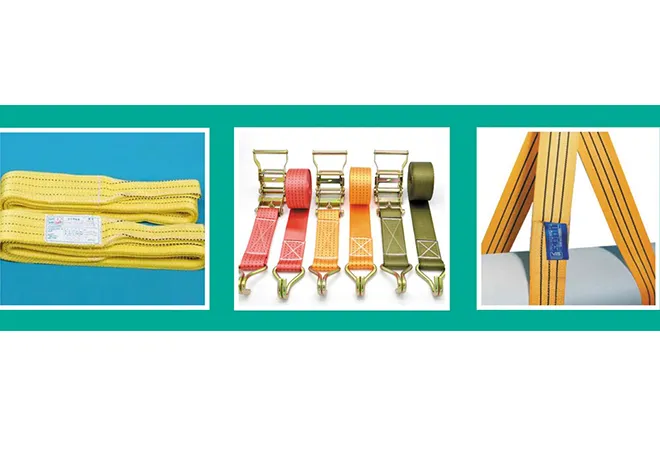Understanding the Functions and Benefits of an Overlocker Sewing Machine
What Does an Overlocker Do?
An overlocker, often referred to as a serger in some regions, is an essential sewing machine for both professional and hobbyist seamstresses. Designed to provide clean, durable, and flexible seams, an overlocker combines several sewing functions into one machine. This article will delve into the functions of an overlocker, the benefits it provides, and how it differs from a regular sewing machine.
The Primary Functions of an Overlocker
The primary function of an overlocker is to finish the edges of fabric, preventing fraying and ensuring that garments look neat and polished. While a traditional sewing machine can sew and even let you create decorative stitches, an overlocker excels in achieving professional finishes.
1. Edge Finishing The most significant advantage of an overlocker is its ability to finish edges using special overlocking stitches. These stitches incorporate thread over the fabric edge, forming a protective barrier against fraying. This feature is especially important for knit fabrics that tend to unravel more easily compared to woven fabrics.
2. Joining Fabric Pieces Overlockers can also be used to join two pieces of fabric together while simultaneously finishing the seams. This reduces the need for additional steps, making the sewing process quicker and more efficient. The machine typically uses multiple threads (often three or four), which create a strong and flexible seam, allowing garments to stretch without breaking the seam.
3. Trimming Fabric Many overlockers come equipped with a built-in knife that trims excess fabric as it sews. This means that the edge of the fabric can be finished and trimmed in one step, saving time and effort. This function is particularly useful for projects where precision is necessary, ensuring that all edges are uniform and neat.
4. Creating Special Stitches Overlockers can create a variety of stitches, including rolled hems and flatlock seams, offering more versatility than a standard sewing machine. These stitches are ideal for specific types of fabric or techniques, allowing for endless creative possibilities when making garments and other fabric projects.
Benefits of Using an Overlocker
what does a overlocker do

1. Professional Finish The most notable benefit of using an overlocker is the professional quality of the finished seams. Garments sewn with an overlocker often look ready-to-wear, as the machine creates clean finishes that can elevate the simplest projects.
2. Speed and Efficiency An overlocker can significantly speed up the sewing process. By combining several functions into one operation, you can stitch and finish seams in less time than it would take to use a regular sewing machine and an additional finishing tool. This efficiency is especially beneficial for those who produce garments in bulk or work on projects with tight deadlines.
3. Fabric Handling Overlockers are particularly suited for working with stretchy or slippery fabrics. Unlike a sewing machine, which can struggle with these types of materials, an overlocker ensures that the feed system keeps the fabric moving smoothly through the machine, minimizing puckering and other issues.
4. Creative Possibilities The range of stitches and techniques that an overlocker can produce opens up a world of creative opportunities. From cuffs to hems, overlockers allow for experimentation with various finishing methods, encouraging sewists to push the boundaries of their projects.
Differences Between an Overlocker and a Regular Sewing Machine
While both an overlocker and a sewing machine serve essential functions in creating garments, they are designed for different purposes. A regular sewing machine is versatile and can perform a wide range of tasks, including straight stitching, zigzag stitching, and decorative sewing. However, it lacks the specialized finishing capabilities of an overlocker.
In contrast, an overlocker focuses primarily on serging and finishing edges, making it a supplementary tool rather than a complete replacement for a traditional sewing machine. Many sewists find that having both machines in their arsenal allows for more efficient and varied sewing experiences.
Conclusion
In summary, an overlocker is a powerful and efficient tool that significantly enhances the sewing process. Its ability to finish edges, trim fabric, and create professional-quality seams makes it invaluable for anyone seriously pursuing sewing projects. Whether for home sewing or professional garment construction, an overlocker can take your skills and your finished products to new heights. Whether you're a seasoned seamstress or a beginner, understanding what an overlocker does will help you appreciate its vast potential in the world of textile creation.
-
Industrial Cylinder Arm Sewing Machine: Revolutionizing Heavy-Duty SewingNewsJul.28,2025
-
Cylinder Arm Sewing Machine: Perfect for Special Sewing ApplicationsNewsJul.28,2025
-
Cylinder Bed Sewing Machine: Essential for Sewing Complex MaterialsNewsJul.28,2025
-
Heavy Duty Sewing Machine: The Essential Tool for Industrial ApplicationsNewsJul.28,2025
-
Computerized Pattern Sewing Machine: Revolutionizing Precision StitchingNewsJul.28,2025
-
Heavy Duty Industrial Sewing Machine: Power Meets PrecisionNewsJul.28,2025
-
Leather Sewing Machine: The Industrial Standard for Tough MaterialsNewsJul.18,2025





























